Getting Started – Birding by Ear with Merlin
If you've been reading my blog, maybe my rambling about birds (coupled with a complete lack of public social life and a yearning for brief relief from constant confrontation with the absurd cruelty of present reality) has inspired a bird curiosity. Maybe you've taken note of the birds singing outside and maybe you've even used your phone to record a few minutes of sound. Nice.
In my previous post I hinted at the virtues of listening without assigning labels to sounds, but there is a very big flip-side to that: there is also tremendous value in being able to name the birds you hear. Learning the voice and patterns of specific birds not only develops a general listening proficiency, but adds depths of nuance, associations and connections to a purely aesthetic or utilitarian mode of listening. It can turn a bird sound jumble into a choir of kin.
Moving beyond a vague concept of “bird”, a named bird becomes familiar. When you observe the behavior of a named bird, such as a Great-tailed Grackle shrieking loudly in a parking lot tree, now you have a few bits of knowledge you didn’t have before: Great-tailed Grackles are loud, adapt well to human-altered landscapes, and they are pretty fun birds. Just by learning a bird’s name, you intuitively accumulate knowledge of their habits and preferences which in turn begins to crack open your own perceptions of your surroundings.
Of course the names themselves have no inherent value or truth. Some are descriptive and amusing like Red-breasted Nuthatch while others are nonsense like the Olive Warbler, which is neither olive-colored nor an olive eater nor technically a warbler — not to mention the contentious standing of the patronymic bird names. The names are tools to help organize your observations, thoughts, feelings, and memories. They allow for communication and sharing of ideas and knowledge. Learning birds' names creates a scaffolding for your bird memory palace. Each bird name is a big bucket to catch and store drips of bird knowledge that leak through the roof of human perception.
Most people don't get into birds because of an interest in sound but that is how I started. The best part about getting started birding by ear is that you don't need to buy anything. Binoculars and a field guide are great but they’re not required to get started.
There are troves of bird information and resources available with more becoming available all the time, many online and many free. A good first step towards bird literacy is to download the free Merlin app from the Cornell Lab of Ornithology. I generally ignore the “primary” function of the app, which is to give you ID suggestions based on color, size, behavior, location, and date as well as automatically identifying photos of birds. All well and good but that is not how I use the app or why I recommend it.
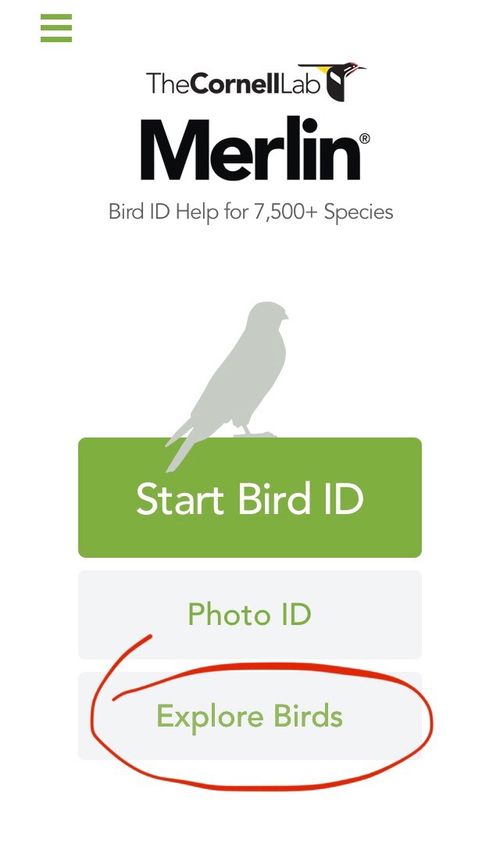
The features I regularly use are in the “Explore Species” section of the app. If you are curious what birds are around, you can input your location and date to display the most likely species based on eBird data with bar charts showing abundance trends throughout the year.
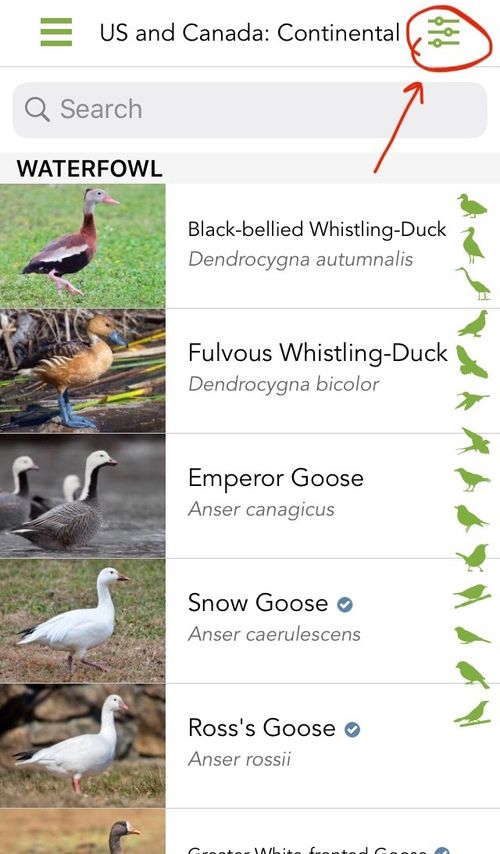
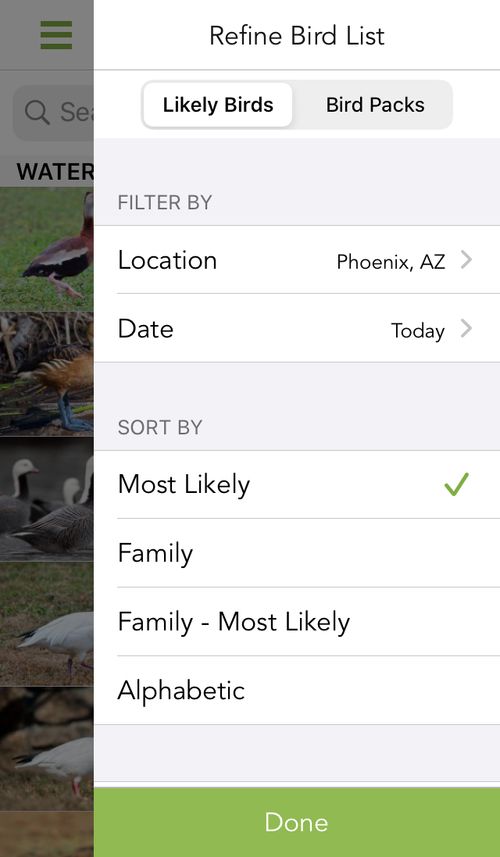
... and Voila!
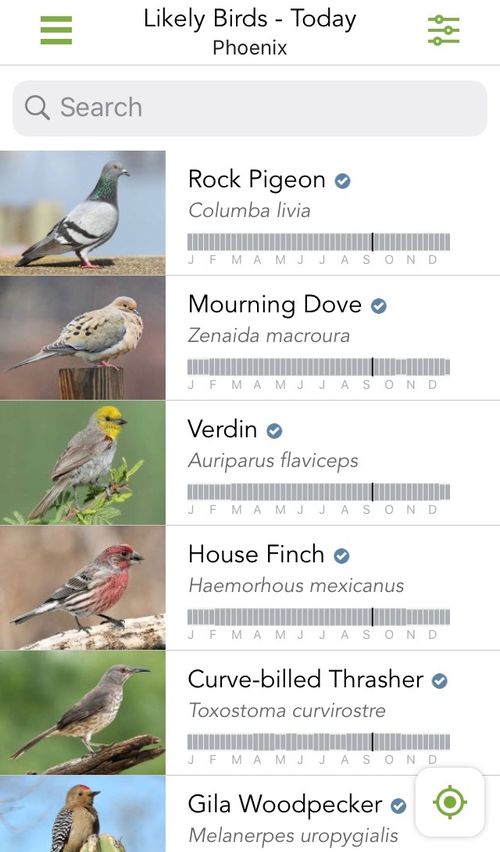
For each species there is a short description of the bird along with photos, range maps, and sounds. Often overlooked, I love the short text descriptions accompanying the photos. Far from cold and clinical scientific descriptions, they often betray an exuberant love of the bird. One of my favorite entries is for the House Sparrow:
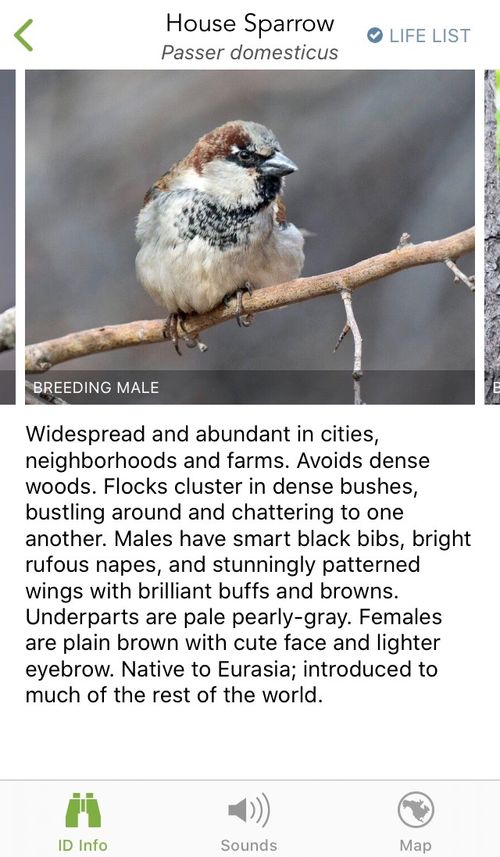
Pure poetry. You wouldn’t know it from this description that the House Sparrow, one of the most widespread species in the world, found near almost every human habitation on earth, is often dismissed and even maligned by many birders.
In my opinion, the reason the app is essential for every birder of all experience levels is its ever expanding catalogue of bird sounds, complete with accompanying scrolling spectrograms. Merlin provides a perfect compliment to the tried-and-true Lang Elliott sound library used by the Sibley and Audubon apps. It provides alternative takes and, more importantly, fills in many of the gaps. One example is the Crissal Thrasher “churry churry” call. Despite being their most frequent vocalization, its absence in other libraries contributed to a personal blind spot for years. Merlin’s treatment of sound is sometimes so exhaustive that it can be a bit overwhelming for species with many subspecies and regional dialects, such as the Red Crossbill. I wonder if someone who downloads the US/Canada bird pack really needs to have recordings of every subspecies worldwide. In general I appreciate the thoroughness though.
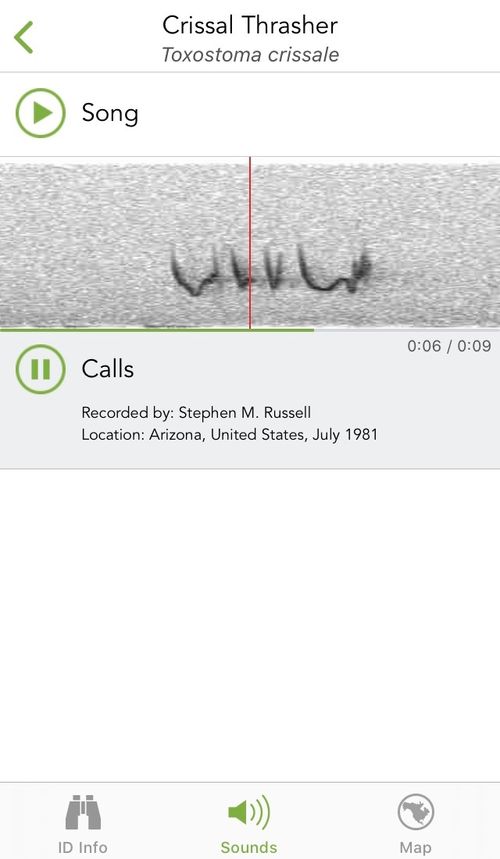
So I encourage you to download Merlin and get to know your avian neighbors. Load up the most common species near you and take a listen to their sounds. In many cases the familiarity of the sound will click immediately and you will finally have a name for the bird whose song is already deeply embedded in your subconscious. In other cases an unfamiliar sound, once brought to attention, will suddenly be heard everywhere. Once you learn the most common sounds you can expand out from there, on and ever onward! I am still “discovering” new sounds from familiar birds all the time.
For those wanting to go a little deeper there are many recommended resources: Larkwire is a well-designed birdsong learning app that has helped me prepare for many field seasons as well as the web-based (and free) Dendroica; Nathan Pieplow’s Field Guide to Bird Sounds of North America is eminently useful for the bird repertoire completist with a mostly successful attempt to catalogue similar bird sounds for comparison; Donald Kroodsma’s new Birdsong for the Curious Naturalist gives plenty of interesting birdsong insights with recordings and suggestions for observation and amateur study. Of course, the birds themselves are the best resources for bird sound and just learning a few of their names will open the door to an exciting new world to explore.
Happy listening.